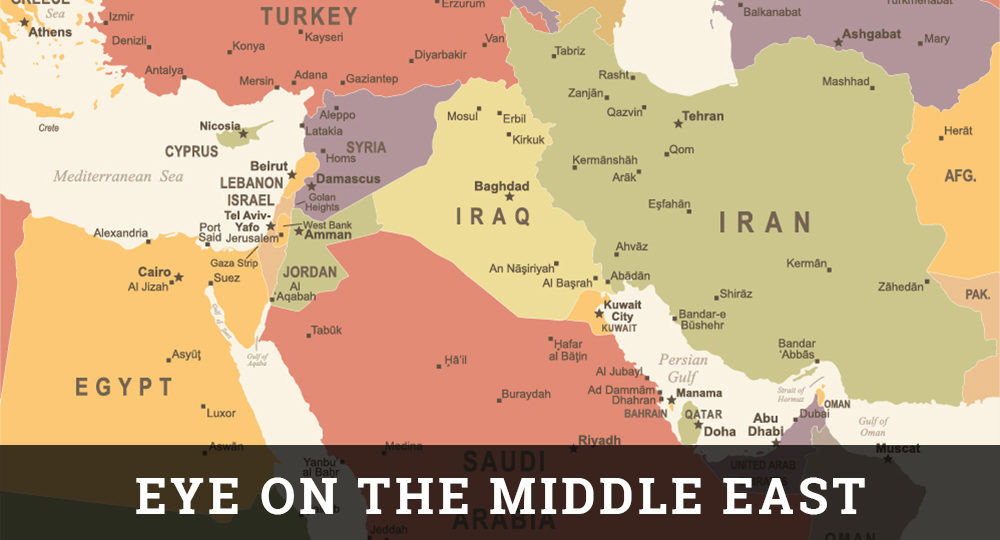Eye on the Middle East Jul/Aug 2007
A tired old motto makes its appearance in every political campaign. It goes something like this: “Politics: the art of the possible.” However, in many cases the reality is more like this: “Politics: the art of promising the impossible.” The art part involves convincing voters to believe the palaver you’re peddling or to think that you’ve introduced some world-altering statement of policy when you’ve actually said nothing at all.
Here’s an example from a current presidential hopeful who shall, in the interest of nonpartisanship, remain nameless. Actually, the candidate is not the issue. What matters is the statement’s content (or lack thereof). Unfortunately, it reflects much of what is being bantered about in debates on how to solve the problems of the Middle East; in this instance, the situation between Israel and the Palestinians.
Speaking at a National Jewish Democratic Council conference, the candidate had the following to say:
The United States “cannot ask Israel to take risks with respect to its security. But it can ask Israel to say that it is still possible for us to allow more than just this status quo of fear, terror, division. That can’t be our long-term aspiration….We also have to recognize that the status quo is not inevitable, that we can aspire to something greater. We should want to have that difficult, tough discussion…about how we are going to arrive at what I think everybody wants, which is two states living side by side in peace and security.”
And although the speaker received a round of applause from his audience, there was not a flicker of a hint as to how he proposes to offer a solution that would lend credibility to what he said.
We can presume that, in “asking” Israel “to say it’s still possible for us to allow more than just this status quo of fear, terror, division,” the onus to make these all stop is on Israel’s back. It is interesting that the Palestinians did not get the nod to meet Israel and most of the civilized world half way. Also noteworthy is the assumption that two states living side by side in peace is what “everybody wants.”
The truth is that everybody does not want two states living side by side in peace. Intractable Islamists, as represented in the Hamas-dominated Palestinian Authority (PA), have no intention of living side by side with Israel in peace. Virtually every day they say that they live to see Israel destroyed and a Muslim state established on its grave. It is somewhat embarrassing to realize that some of our leaders are so out of touch with the facts—and with what the Islamic leadership itself says it plans to do—that they insist on putting words in Muslim mouths.
Is there a congenital blindness to the daily barrage of Kassam rockets falling on Israeli towns and villages? Is there tacit justification in the scores of attempts to send suicide bombers into Israeli cities? Is no one listening to what is being said on PA television or printed in PA textbooks that teach a deadly form of incitement to kill indiscriminately for the glory of Allah?
Recently an online video showed the variety of activities being carried on by the Israel Defense Forces. It showed Israeli soldiers carrying wounded comrades to field hospitals, manning military equipment, and doing what armies are called on to do in their daily routines and crisis situations. Most striking were the faces of these young soldiers. They were not the faces of fanatics. They are, in fact, the cream of Israeli society; and they are just kids, like yours and mine, who are willing to lay it all on the line for the survival of their country.
So in our discussions about how to achieve peace, let politicians and all the rest of us level the playing field and stick to the “art of the possible.”







